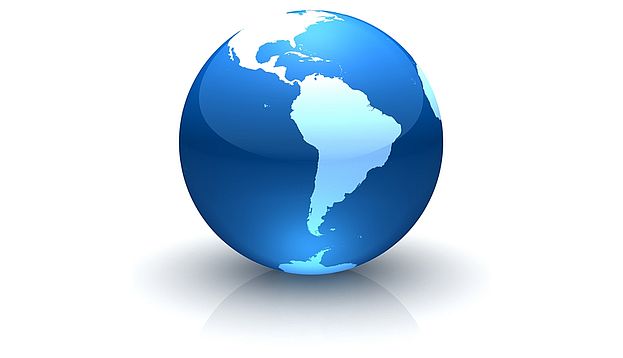As the game industry heads swiftly to the $100 billion annual revenue mark, it’s important to keep informed on the rapid growth around the globe. Part of the explosive growth of the games business is due to the globalization of gaming, not just the widespread adoption of mobile devices. Twenty years ago if you had said China would be a multi-billion dollar game market, you’d have been laughed out of the room. Now, other regions once mostly ignored by the gaming industry are growing rapidly and becoming major opportunities. Latin America is a rapidly-growing example right next door.
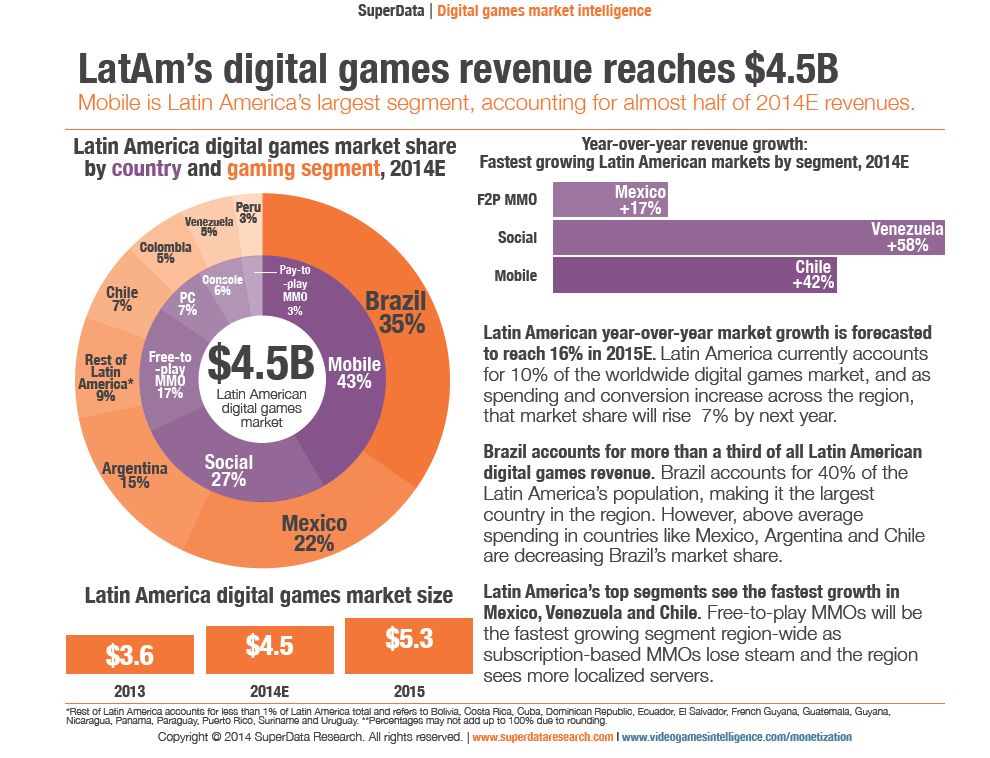
SuperData has released a fascinating report on the state of the Latin American, focusing on digital games. Limiting the scope of the study to digital games is not the kind of limitation that it would be in the United States or Europe, since physical retail stores that sell games are few and far between in Latin America — and, indeed, most other regions of the world. A major factor in the growth of gaming worldwide is the growth of digital distribution of games on both PCs and mobile devices. Creating a retail infrastructure and then convincing customers to travel to stores to buy games in boxes just isn’t going to happen in significant numbers anywhere in the world that it hasn’t already happened. The future of gaming is digital, and Latin America shows that clearly.
The numbers that SuperData has compiled are impressive, showing the Latin American market growing from $3.6 billion in 2013 to an estimated $4.5 billion this year, forecasting $5.3 billion in 2015. You can see that console games represent only 6 percent of this total, and it’s not surprising given how expensive consoles are in most of Latin America, especially compared to the average incomes. Mobile accounts for 43 percent of the revenue, the largest share, while social games deliver 27 percent of the revenue and free-to-play MMO games are 17 percent.
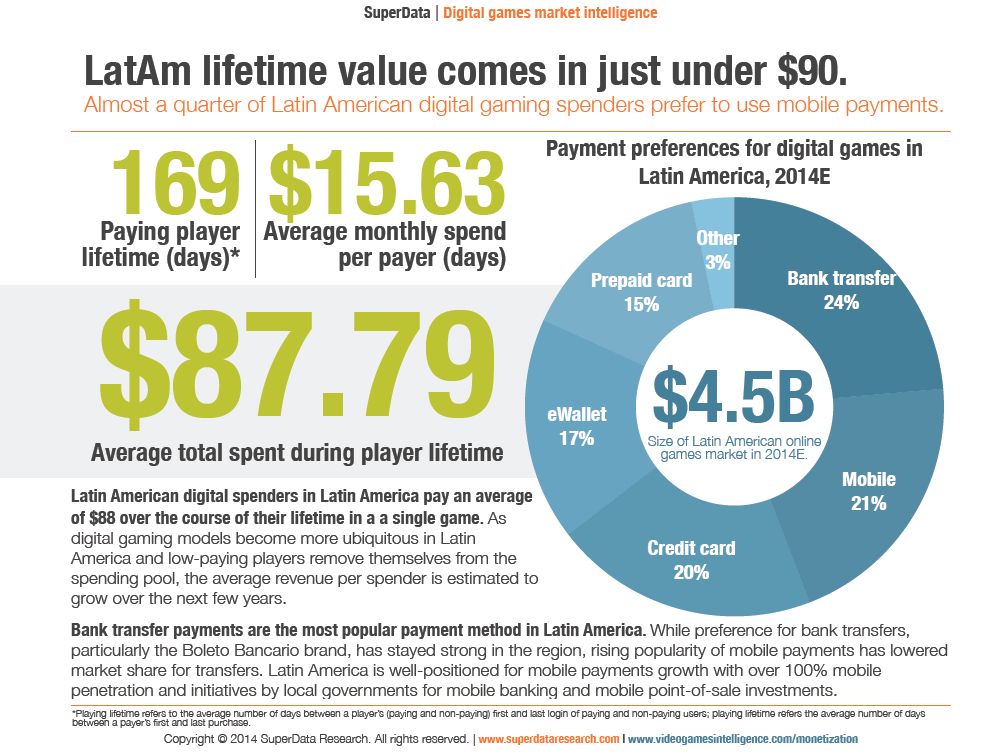
Latin America accounts for 10 percent of the worldwide digital games market, and SuperData forecasts that will grow by 7 percent next year as the region experiences 16 percent market growth. Brazil accounts for more than a third of all the revenue in the region with 40 percent share, but the rapid growth in countries like Mexico, Argentina, and Chile are decreasing Brazil’s market share.
The average lifetime value of these players is nearly $88 for a single game, with a lifespan of 169 paying player days. The players spend close to $16 per month on a game, so if you can engage someone you’re going to make some good money.
It’s also very interesting, and instructive, to look at how customers in Latin America are paying for their digital games. Bank transfers are the method of choice for 24 percent with mobile payments close behind at 21 percent — mobile is projected to grow rapidly as a payment source. The implication of all this is that if you want to make good money on games in Latin America, you’d best work with someone familiar with payments in each country. Credit cards only account for 20 percent of the revenue, unlike the situation in North America where credit cards are the standard payment method.
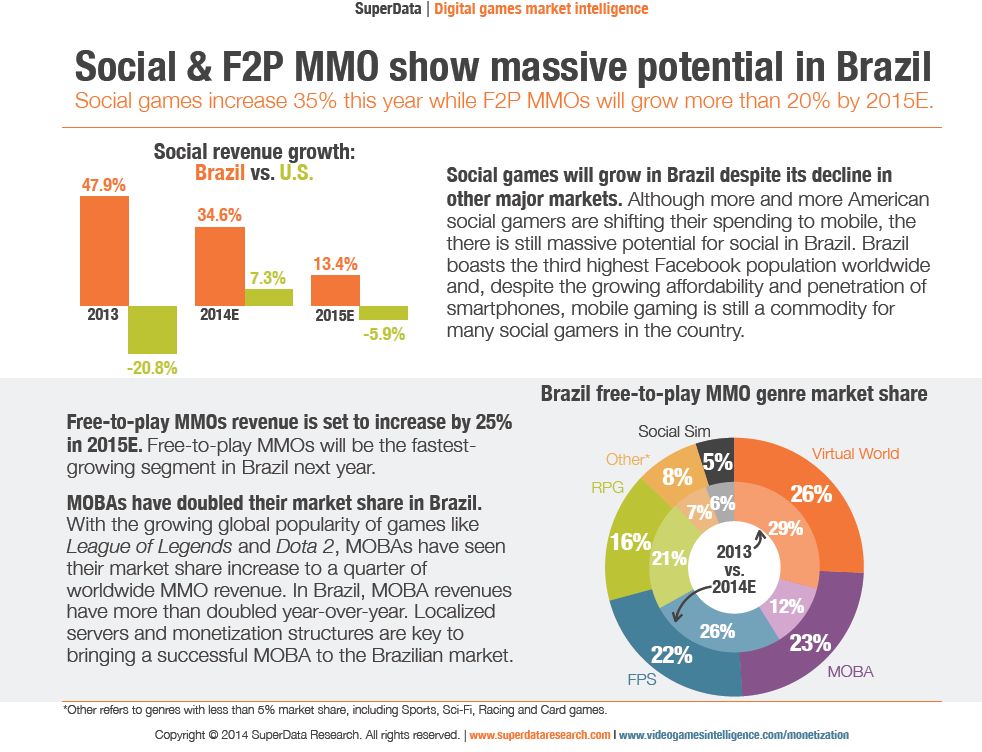
Looking more closely at Brazil, SuperData found that social games and free-to-play MMOs are growing rapidly there, with social games growing 35 percent and MMOs growing by 20 percent by 2015. The muliplayer online battle arenas (MOBAs) like League of Legends and Dota 2 have more than doubled revenues in Brazil during the past year. While Latin America is not yet fielding world-class teams in MOBAs, the rapidly growing user base should help produce players with greater skills in the future.
Another solid indicator of the growth in Latin America is the rapid rise of the consumer game shows in the region. The Electronic Game Show (EGS) announced record-breaking attendance of 40,000 for its 13th edition, further establishing Mexico as a major video game market in Latin America. “With the 40,000 attendance mark being surpassed for the first time in EGS history, this is a clear sign of the momentum of the Mexican market,” said Alejandro Bertoldi, EGS Manager.
Companies that attended included: Microsoft, Sony, Electronic Arts, Ubisoft, Activision Blizzard, Disney, Warner Bros. and Bandai Namco. These companies exhibited at large booths and made major announcements during the weekend of Oct. 3-5 at Centro Banamex, one of the most renowned venues in Mexico City.
Similarly, the Brasil Game Show has grown from a few thousand people to well over 250,000 attendees this year. The enthusiasm for games in Brasil is huge, even though consoles are lagging behind in efforts to reach the country. Brasil’s import regulations make it difficult to put reasonable prices on game consoles.
In a report published in March this year, Bloomberg named Brazil as the most expensive country in the world to buy a PlayStation 4, its suggested retail price of 3999 Reals (R$) putting it ahead of second-place Argentina by more than $300, and ahead of third-place Sweden by more than $1000. To put that figure in its proper context, the Xbox One launched at a suggested retail price of R$2200, cheaper than Sony’s console by more than $700 at the current exchange rate. It should be noted that both consoles were available at the Brazil Game Show from the retailer Saraiva for substantially lower prices, but that yawning chasm remained: an Xbox One without Kinect was R$1599, a PlayStation 4 was R$2499.
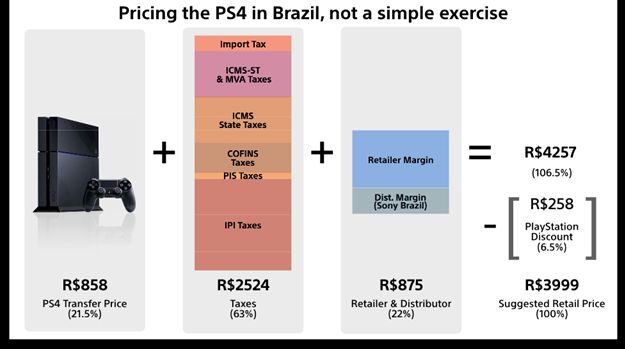
“[International] companies should be paying attention to this market. They should come here to research the market and try to understand the passion of the Brazilians. If they have their games in Portuguese, if they have their games at a good price, they will succeed here,” said Marcelo Tavares, head of the Brasil Game Show.
The Latin American game market is a great opportunity for companies that can find ways to bring games into the market. This is just one more piece of the global game industry puzzle that companies large and small are seeking to solve in order to get their share of that $100 billion. Whether it’s setting up offices in different countries, or finding partners who know the market, there’s clearly money to be made in Latin American games if you can find the right path.
